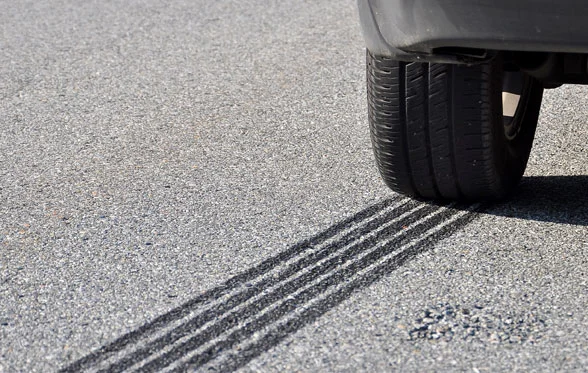On November 15, 2006 Environment Canada published a Part II Regulation (SOR/2006-268) in the Canada Gazette which amends Canada's On-Road Vehicle Emission Regulations for Motorcycles. This amendment revises the On-Road Vehicle Emission Regulations governing exhaust emissions for motorcycles and essentially makes them identical to the USA EPA emission regulations for motorcycles. These new regulations take effect on December 1, 2006.
The parent Canadian regulations, which came into effect on January 1, 2004, contain standards for smog-forming emissions for various classes of on-road vehicles and engines, including requirements for motorcycles of the 2004 and later model years. These parent regulations were designed to align Canadian requirements with corresponding federal emission standards of the U.S. EPA. These new amending regulations, of the referenced Part II, continue the approach of aligning motorcycle emission regulations with the USA EPA federal emission standards for motorcycles.
These amendments will come into force in two phases.
- First, the new provisions addressing compliance flexibilities, such as emissions averaging and limited provisions for small-volume manufacturers and importers for motorcycles that are already subject to emission requirements will come into force on the date on which they are registered.
- Second, the new requirements for motorcycles having an engine displacement of less than 50 cubic centimeters (cc's) will come into force on December 1, 2006, and will apply to such motorcycles that are manufactured on or after December 1, 2006. This date has been slightly extended from the July 1, 2006 date proposed in the Canada Gazette, Part I publication.
Background
On January 15, 2004, the U.S. EPA published a final rule to introduce more stringent emission standards for on-road motorcycles beginning in the 2006 model year. The Canadian parent emission regulations incorporate the U.S. technical emission standards by reference to the U.S. Code of Federal Regulations for a given model year of vehicle. This approach seeks, to the extent possible, to ensure that the specified emission standards remain identical in both countries. Accordingly, the U.S. EPA's new emission standards for 2006 and later model year on-road motorcycles are automatically incorporated by reference under the parent Regulations.
Notwithstanding the above, the U.S. EPA rule also introduced new elements in both the application and structure of future motorcycle emission standards that needed to be addressed in order to maintain Canada/U.S. alignment.
- First, the scope of motorcycles subject to on-road emission standards is broadened to include those with an engine displacement of less than 50 cc's.
- Second, the U.S. rules introduce new compliance-related flexibilities that are not addressed under the parent regulations.
The current parent regulations do not establish limits to control evaporative emissions from on-road motorcycles. Beginning in the 2008 model year, the new U.S. rule requires that fuel tanks and fuel hoses on on-road motorcycles meet permeation emission standards. These standards limit fuel tank permeation to 1.5 grams per square meter per day (g/m2/day) based on the inside area of the tank, and limit fuel hose permeation to 15 g/m2/day based on the inside area of the hose. These new permeation emission standards for 2008 and later model year motorcycles are automatically incorporated by reference into the parent Regulations.
New test procedures to measure evaporative emissions resulting from permeation losses and changes to test fuel specifications (i.e. lower sulphur content) are automatically incorporated through existing references to U.S. test procedures.
